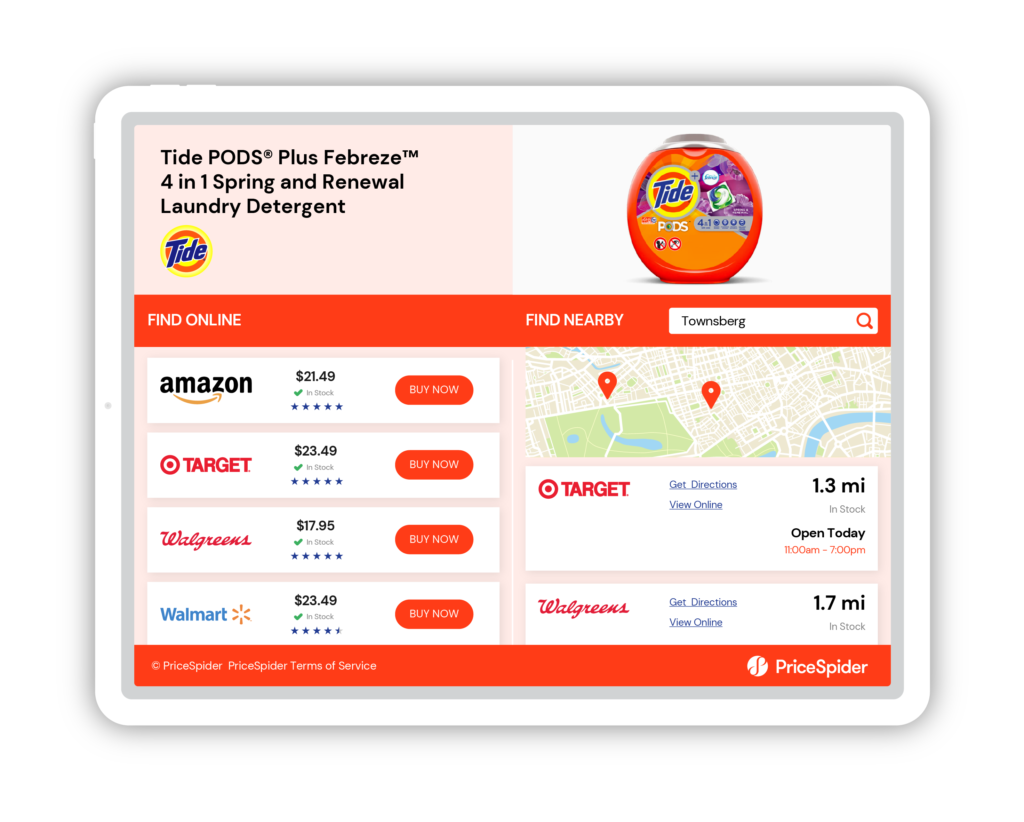Oh, the long-standing debate of direct-to-consumer sales vs. indirect sales through partner channels. It’s almost like a classic showdown between The Rock and Stone Cold Steve Austin in Wrestlemania 17. One of many epic matches between the duo and one of the longest-standing feuds in WWE history. But in the end, it was always just a big show, not THE Big Show, but a big show, sorry, we couldn’t resist. The Rock and Stone Cold didn’t actually hate each other, in fact, they are good friends in real life. The same can be said of the ever-present conundrum between indirect and direct sales. It doesn’t always have to be one or the other and in the words of any great improv actor or WWE entertainer for that matter, “YES AND!”
So, let’s battle it out once and for all (hey, we can dream can’t we?). The ultimate cage match between indirect and direct sales. Let’s get ready to rumble!
Where and how you sell your products has a huge impact on your profitability. But whether you’re a startup or an established brand, developing the right sales strategy is tricky.
Do you keep a tighter grip on your brand and focus on direct sales, driving customers to buy through your own website? Or do you let retailers and third-party sellers develop new indirect sales channels?
Trusting someone else with your brand can be uncomfortable, but for most ecommerce businesses, indirect sales are essential for growth and long-term success. And while direct sales can be appealing, it’s not right for every brand.
Let’s take a look at indirect versus direct sales and how they work for ecommerce brands. When it comes to choosing what works best for your brand, you might find that choosing the best of both is better than leaving one behind altogether.
The advantage of indirect sales
When retailers carry your products and third-party sellers bring them to marketplaces, there are several key ways this can bolster your brand. You don’t want to let just anyone sell your products, but here are the main reasons to consider indirect ecommerce sales.
It leverages retailers’ infrastructure
It takes a massive investment to facilitate a first-class customer experience. Your site doesn’t just need to look legitimate; it needs to work like the online stores consumers use all the time. They need to be able to search, filter, and browse your catalog in intuitive ways. The checkout process needs to work like it does everywhere else. If you don’t give customers a way to track their shipment, they may not trust you to fulfill their order. And, of course, handling returns and customer service is costly as well.
Retailers already have all this infrastructure in place, and it’s one of the key ways they compete against each other. When you let them sell your products, you piggy-back on their investment in the tools, technology, and services consumers expect from ecommerce experiences.
While third-party sellers handle shipping, returns, and customer service themselves, they’re still selling through established marketplaces like Amazon and Walmart, where consumers enjoy quality shopping experiences.
It makes your products more discoverable
Retailers have established customer bases. If you opt out of indirect sales, you’re essentially opting out of part of your target audience. These people won’t find your brand because their shopping journey will start at their preferred retailer’s website.
When people aren’t sure what product category they’re looking for or what brands to focus on, they trust stores like Target, Home Depot, or Best Buy to provide what they need. And if your products aren’t available through these retailers, those consumers aren’t going to find your brand.
Want your brand to grow? Put your products where people will see them on the digital shelf.
Consumers trust reviews more from third-party stores
Sure, it’s great to have thousands of five-star reviews on Facebook and your own website. But you also have quite a bit of control over what reviews show up there. Even if you’ve never abused the system, consumers are wary of ratings and reviews that could be curated—especially if an unknown brand has ratings that look too good to be true on platforms they control but zero presence on trusted retail sites.
Retailers and marketplaces help consumers vet brands because they know retailers aren’t interested in inflating your ratings, and when a one-star rating comes through, you can’t just get rid of it. If your ratings are low, a retailer is motivated to solve the problem, not silence their customers.
The advantage of direct sales
Direct sales, also known as direct-to-consumer (D2C) sales, can be highly appealing to new and established brands. The main reasons companies explore this sales channel? The potential for higher margins and the ability to keep customer data.
It can increase margins
Any time someone else is selling your products, you’re sharing the profits. Sell your products yourself, and you keep 100% of the profits. But there’s a catch: you’re now responsible for 100% of the ecommerce infrastructure, and that’s not cheap. You’ll likely need to hire new employees, scale up your operations, and pay for new tech on an ongoing basis. Even a lean D2C channel takes a lot of time and resources to maintain, and many brands simply can’t facilitate the kind of customer experiences that major retailers can.
The only way D2C increases your margins is if your brand is so huge and successful that the cost of maintaining this infrastructure pales in comparison to your sales figures. For most smaller brands, the cost of taking all this on yourself outweighs the small percentage of profits you’d have to share with another seller, especially if that seller generates far more sales than you can on your own.
You get to keep the customer data
With indirect sales channels, the seller keeps the customers’ names, email addresses, mailing addresses, phone numbers, and credit card information. They’re the one building an audience and following up with remarketing opportunities. When you sell direct-to-consumers, you are responsible for protecting all this data, but you can also use it to learn more about your customers and market to them.
It doesn’t have to be indirect vs. direct
When you’re thinking about which channels to use, it’s not an either/or situation. It’s both/and. You can sell through indirect channels like retailers and marketplaces and set up your own D2C system. This allows you to reap the benefits of D2C like growing a customer list while still maximizing sales by expanding to other channels.
Get the best of both worlds with Where to Buy
Any time you have multiple sales channels, you want to empower customers to choose the channels they prefer—whether they want to buy through your store, Amazon, Walmart, or their local mom-and-pop shop.
PriceSpider’s Where to Buy transforms your product page into a launchpad customers can use to get to your product pages on other sites. Thousands of leading brands use this technology to streamline the path to purchase.

Want to see what Where to Buy can do for you?

